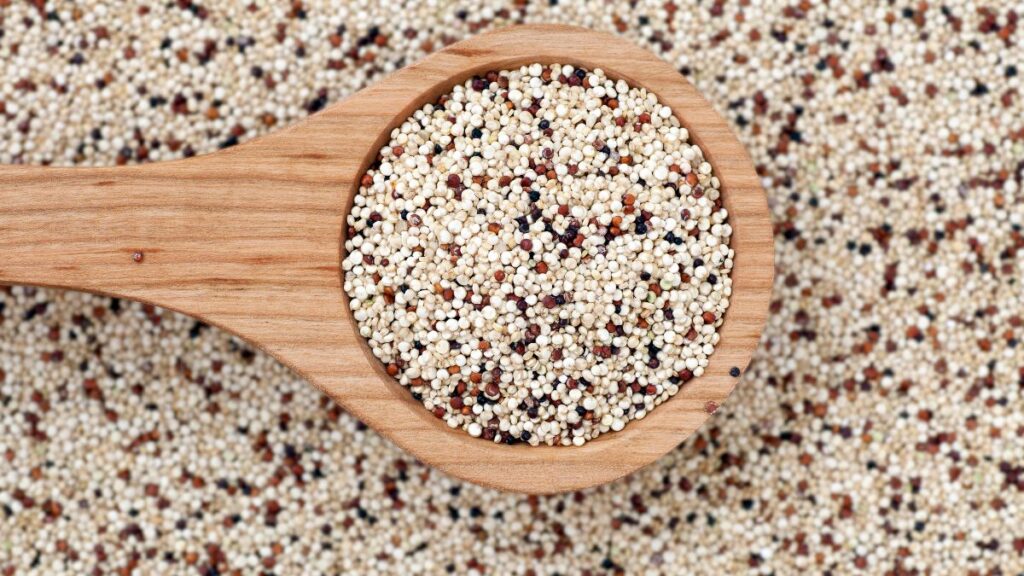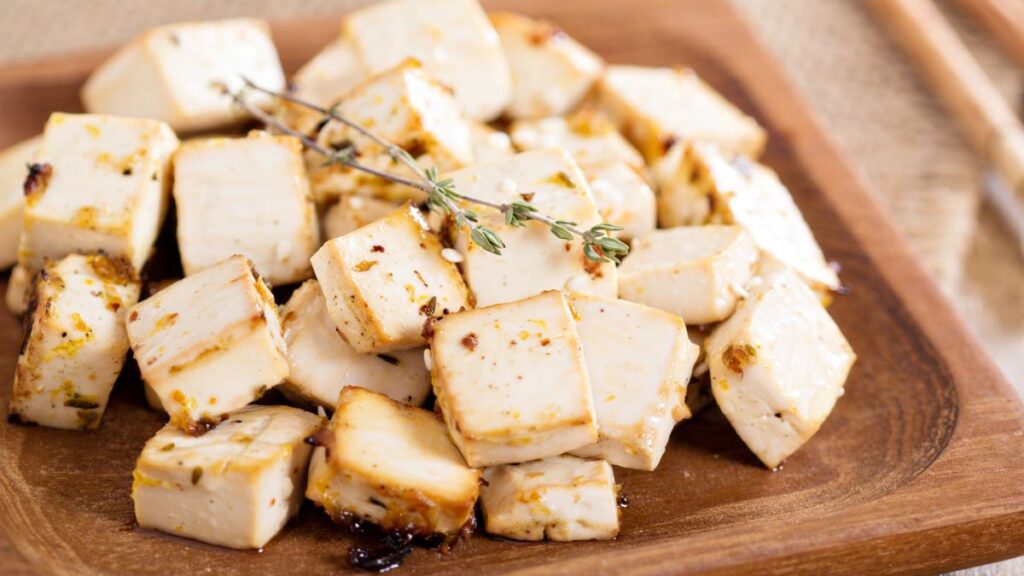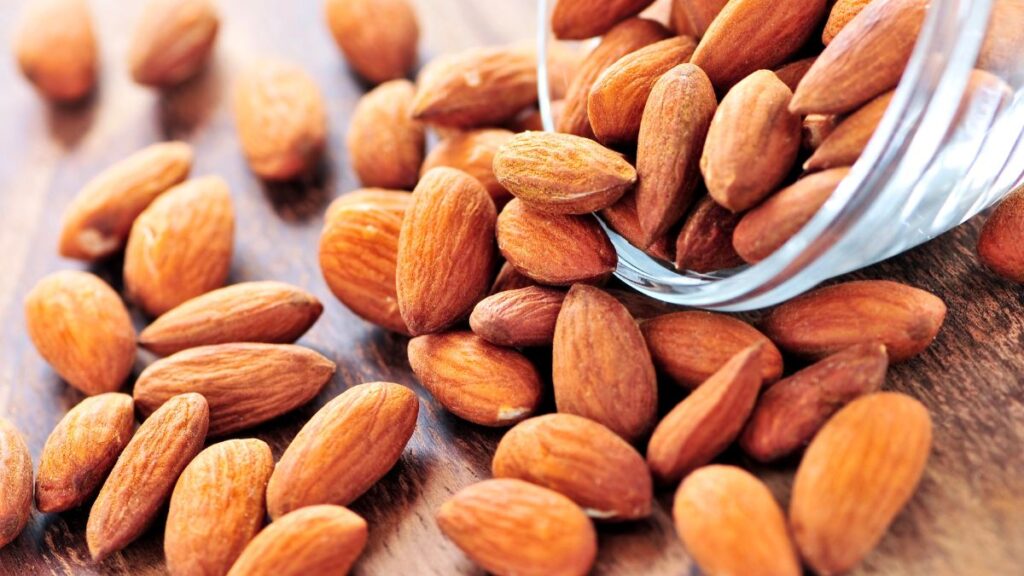15 Delicious High-Protein Foods That Are Completely Meat-Free
If you’re looking for protein-packed foods but want to skip the meat, you’re in luck! There are plenty of delicious and satisfying plant-based options that provide all the protein your body needs.
Whether you’re vegetarian, vegan, or simply trying to cut down on meat, these high-protein alternatives are tasty and versatile. Here are 15 meatless foods that are packed with protein and flavor.
Chickpeas

Chickpeas, also known as garbanzo beans, are a great source of protein, providing about 14 grams per cup. They’re incredibly versatile and can be used in salads, soups, and stews, or blended into hummus for a tasty dip.
Chickpeas are also filling, making them a perfect choice for meatless meals. You can roast them with spices for a crunchy snack or toss them in with your favorite veggies. They’re not only high in protein but also rich in fiber and important nutrients like iron.
Lentils

Lentils are one of the highest plant-based protein sources, offering around 18 grams of protein per cup. These small, nutrient-dense legumes can be used in a variety of dishes, from hearty soups to delicious salads.
Lentils cook quickly and absorb flavors well, making them perfect for curries, stews, and even veggie burgers. They’re also high in fiber, which helps keep you full and supports healthy digestion. Plus, lentils are an affordable and easy-to-find protein option.
Quinoa

Quinoa is a complete protein, meaning it contains all nine essential amino acids that your body needs. With around 8 grams of protein per cup, quinoa is a fantastic grain to include in your diet.
It’s light, fluffy, and can be used as a base for salads, as a side dish, or even in veggie patties. Quinoa is also rich in fiber, magnesium, and antioxidants, making it a nutritional powerhouse. Its nutty flavor pairs well with vegetables, beans, and dressings.
Tofu

Tofu, made from soybeans, is one of the most well-known meatless protein options, packing about 10 grams of protein per half-cup serving. It’s incredibly versatile and can take on the flavor of whatever you cook it with, making it perfect for stir-fries, soups, or grilled dishes.
You can season and bake tofu to create a crispy texture or use it in smoothies for a creamy, protein-boosted drink. It’s also low in calories and contains essential nutrients like calcium and iron.
Edamame

Edamame, or young soybeans, are another fantastic source of plant-based protein, with around 17 grams of protein per cup. These little green beans are often served steamed and lightly salted, making them a delicious and simple snack.
You can also add them to salads, stir-fries, or grain bowls for an extra protein punch. Edamame is rich in fiber, vitamins, and antioxidants, which help boost overall health. It’s a tasty way to get a big dose of plant-based protein.
Greek Yogurt

Greek yogurt is a creamy, protein-rich option for vegetarians, providing about 20 grams of protein per cup. It’s thicker and higher in protein than regular yogurt because it’s strained to remove excess whey.
You can enjoy Greek yogurt on its own, topped with fruit and nuts, or mixed into smoothies. It’s also a great substitute for sour cream in savory dishes. Greek yogurt is full of probiotics that support gut health, along with calcium and vitamin B12.
Tempeh

Tempeh is another soy-based protein that’s firmer and heartier than tofu, offering about 15 grams of protein per 3-ounce serving. It has a nutty flavor and can be sliced, crumbled, or cubed for different recipes.
Tempeh works well in stir-fries, sandwiches, and salads, and it absorbs marinades beautifully. It’s also a fermented food, meaning it’s packed with probiotics, which are beneficial for gut health. Tempeh is a nutrient-dense, high-protein option for plant-based meals.
Black Beans

Black beans are a staple in many vegetarian diets, providing about 15 grams of protein per cup. These versatile beans are not only rich in protein but also fiber, which helps you stay full and satisfied.
Black beans can be added to tacos, burritos, soups, and salads, or mashed into spreads and dips. They’re a flavorful and filling addition to meatless meals. Plus, they’re packed with antioxidants that support heart health and fight inflammation.
Peanut Butter

Peanut butter is a tasty and convenient source of protein, with around 8 grams of protein in just two tablespoons. You can spread it on toast, mix it into smoothies, or use it in sauces for savory dishes.
Peanut butter is not only high in protein but also contains healthy fats that support heart health. It’s also a great source of vitamins and minerals like magnesium and potassium. Just be mindful of portion sizes, as it’s also high in calories.
Almonds

Almonds are a protein-packed snack, offering around 6 grams of protein per ounce (about 23 almonds). They’re easy to take on the go and can be eaten raw, roasted, or added to dishes like salads, oatmeal, or yogurt.
Almonds are also high in healthy fats, fiber, and vitamin E, making them great for overall health. Whether you snack on them whole or blend them into almond butter, they’re a satisfying and nutritious way to boost your protein intake.
Chia Seeds

Chia seeds may be small, but they’re full of protein, fiber, and omega-3 fatty acids. Just two tablespoons provide about 4 grams of protein, making them an easy addition to smoothies, oatmeal, or yogurt.
You can also mix chia seeds with water or milk to create chia pudding, a popular plant-based dessert or breakfast option. Chia seeds are highly nutritious and help keep you full, thanks to their high fiber content. They’re also a great source of calcium and magnesium.
Hemp Seeds

Hemp seeds are another tiny but mighty protein source, with about 10 grams of protein in just three tablespoons. These nutty-tasting seeds can be sprinkled on salads, blended into smoothies, or added to yogurt or oatmeal.
Hemp seeds are a complete protein, containing all the essential amino acids your body needs. They’re also rich in healthy fats, especially omega-3s, which are good for heart health. Their versatility makes them a perfect protein boost for any meal.
Seitan

Seitan, also known as wheat gluten, is a popular meat substitute for vegetarians and vegans, with a whopping 21 grams of protein per 3-ounce serving. It has a chewy, meat-like texture and can be used in stir-fries, sandwiches, or grilled dishes.
Seitan is often flavored with soy sauce or spices to give it a savory, umami flavor. It’s an excellent protein source for those avoiding soy products, though it’s not suitable for those with gluten sensitivities.
Pumpkin Seeds

Pumpkin seeds, also known as pepitas, are a crunchy, high-protein snack with about 7 grams of protein per ounce. They’re easy to add to salads, oatmeal, or homemade granola bars.
Pumpkin seeds are also rich in magnesium, zinc, and healthy fats, making them great for overall health. You can roast them with your favorite spices for a flavorful and filling snack. They’re a simple, tasty way to add more protein to your day.
Cottage Cheese

Cottage cheese is a dairy-based food that packs a protein punch, with about 14 grams of protein per half-cup serving. It’s a low-fat, high-protein option that can be eaten on its own or paired with fruit, nuts, or honey for a delicious snack or meal.
Cottage cheese is also rich in calcium and other essential nutrients. Whether you enjoy it for breakfast, as a snack, or as part of a savory dish, it’s a simple way to add more protein to your diet without meat.
15 Places Where You’re Expected to Tip—But You Really Don’t Have To

Tipping has become a widespread practice in many industries, with the expectation that you’ll leave a little extra for good service. However, not every situation truly warrants a tip, even if you feel pressured to give one.
15 Places Where You’re Expected to Tip—But You Really Don’t Have To
15 Most Annoying Habits of American Tourists When Dining Abroad

Traveling abroad is an exciting adventure, and dining in new places is a big part of the experience. However, some common behaviors by American tourists can be frustrating for locals and affect the dining experience.
15 Most Annoying Habits of American Tourists When Dining Abroad







